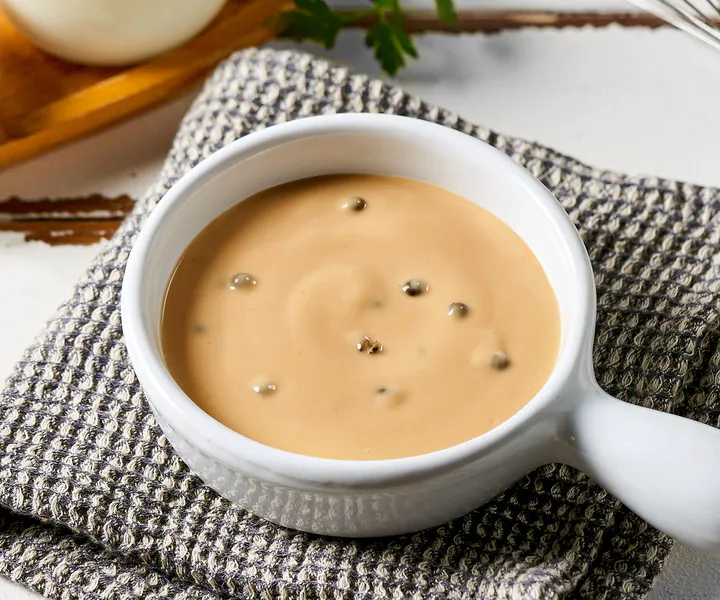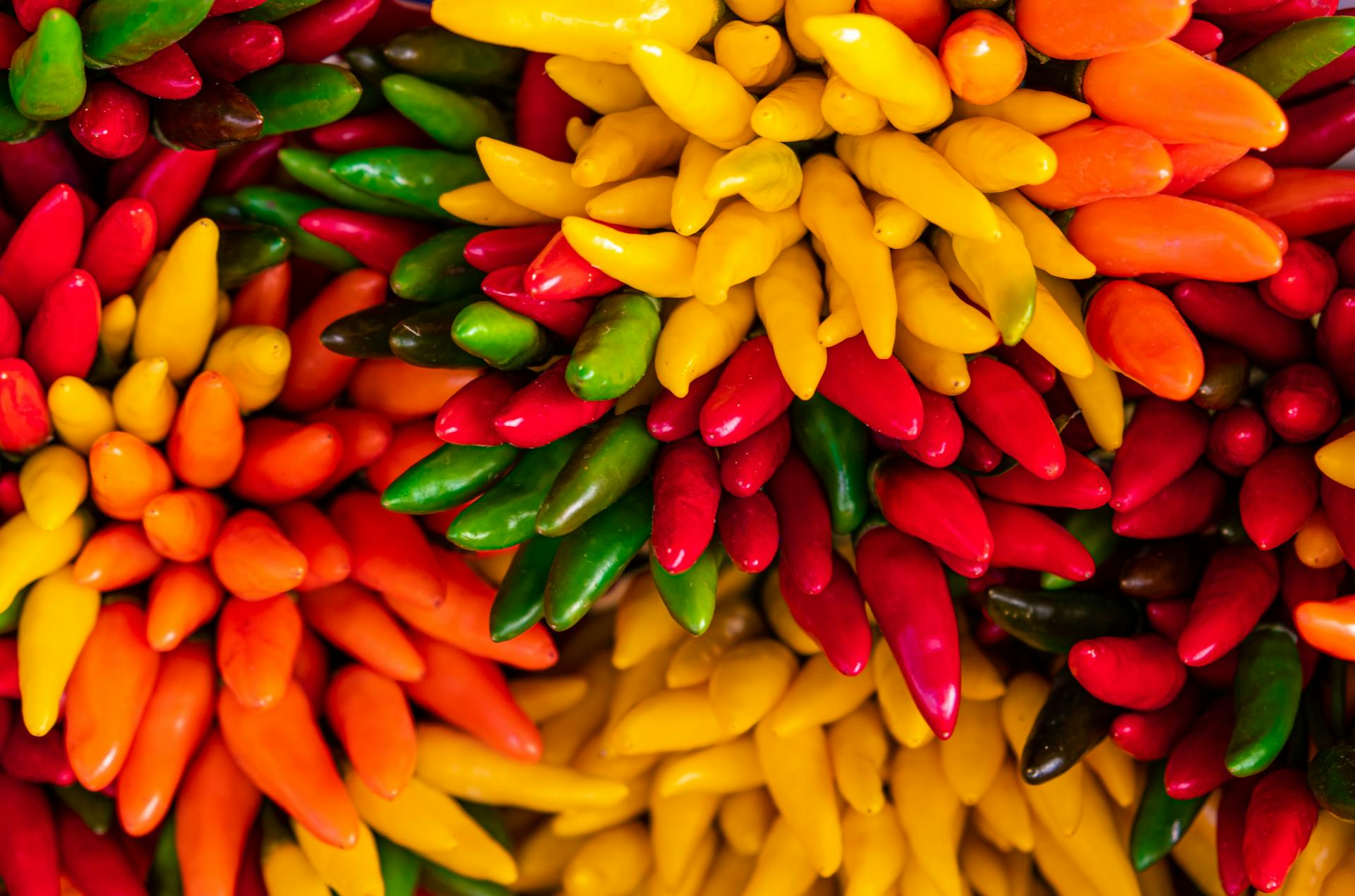Pepper Muhammara Spread: A Flavorful Middle Eastern Dip You’ll Love
Pepper Muhammara spread is a vibrant, savory spread that brings together the best of Middle Eastern flavors in one dish. A favorite across Syria and the Levant, this red pepper and walnut dip has gained…




